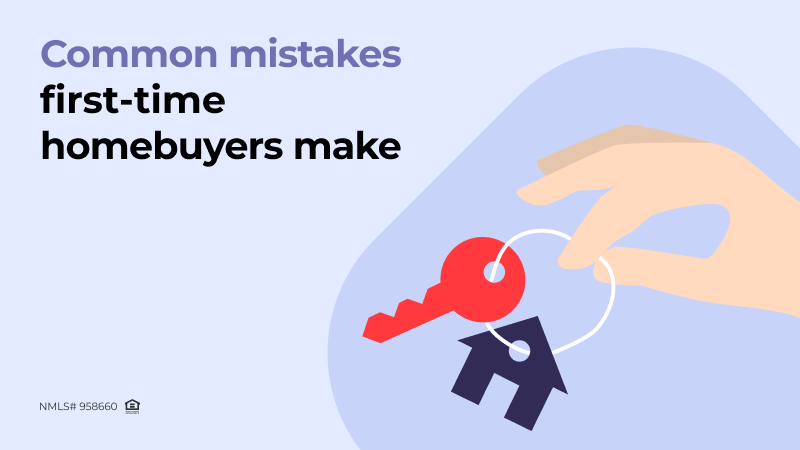
You’ve found your dream home, gone through the offer process, and secured a mortgage to make it yours. Finally, you’re a happy homeowner, settling in for a smooth ride. But suddenly, after several months of diligent mortgage payments, you receive an incomprehensible notice that your loan has been sold and its ownership and servicing transferred to another financial institution. Do not panic! You are dealing with a loan transfer, a common lender practice with minimal impact on the borrower. However, you should be aware of the process to avoid potential hiccups and ensure a smooth transition. So, let’s take a closer look at why it happens, what it involves, and what it means for you as a happy homeowner.
What is a loan transfer?
When you take out a loan, you enter into a financial agreement with a lender who secures the funds to purchase a property and becomes the owner of your loan, meaning they hold your loan and receive your monthly payments. But that’s only one part of the mortgage process. The other part includes collecting payments, answering inquiries, managing your escrow account, sending reminders, making collection calls, etc. This is where servicing comes in with the day-to-day tasks of your loan. Sometimes the lender acts as both the owner and servicer of your loan, handling everything from loan origination to collecting your monthly payments. However, many lenders choose to partner with specialized companies to manage the day-to-day servicing tasks.
When it comes to loan transfers, either ownership or servicing, or both, can be transferred. So there is an ownership transfer, which means the company that originally owned your loan sells it to another financial institution; and a servicing transfer, which means the company that collects your payments and handles your account changes.
Why do loan transfers happen?
Lenders transfer loans on purpose. The primary reason is that a lender may need to free up capital to make more loans. By selling a loan to another financial institution, a lender can recoup the funds provided for that loan and use them to fund new ones. Also, some lenders specialize in originating loans and prefer not to service them in the long run. That’s why they transfer the servicing rights (while retaining ownership) to specialized loan servicing companies for efficient management and to focus on originating new loans.
Another reason for loan transfers is interest rates. If mortgage rates drop after you take out your loan, your lender may find it more profitable to sell your loan (with its higher interest rate) to another company.
How does a loan transfer affect you?
The good news is that in most cases, a loan transfer shouldn’t affect your monthly payments or loan terms. Federal law protects borrowers during a loan transfer, so your interest rate, loan duration, repayment plan, and any other terms and conditions you agreed to when you first took out the loan should remain the same.
If you are facing a servicing transfer, your original payment instructions will likely change because the company you are sending funds to is changing. These changes may include the address and payment method. You may also need to adjust to the new website to manage your borrower account online.
In the case of an ownership transfer, you will likely continue to send payments to the servicer you have been using. However, if you have questions about your loan terms (like early payment penalties or modification options) in the future, you may need to contact the new owner. It’s important to note that there may also be a slight delay in communication during the transfer process. This is because the new owner needs to update their systems with your loan information.
Your original lender must notify you at least 15 days before the effective date of the transfer. The new owner/servicer is also required to provide notice within 15 days after the transfer date. These notifications should include the name, address, and telephone number of the new owner/servicer, essential information regarding the transfer, and instructions on where and how to make payments during and after the transfer (for a servicing transfer). This is to ensure that you are aware of the change in ownership/servicing of your loan and have the contact information necessary to effectively manage your loan.
What you should do as a homeowner
While a loan transfer shouldn’t significantly disrupt your mortgage payments, a little proactivity can help ensure a smooth transition. For starters, review a transfer notice carefully. This document contains important details, such as the new owner’s/servicer’s contact information for the new owner/servicer and what will happen to your existing payment method.
In the event of a servicing transfer, make sure to update your online banking or bill pay service with the new servicer’s information as soon as possible. You wouldn’t want a late payment due to a simple oversight.
When it comes to a loan transfer, information is key. So stay informed and review all communications you receive from your old and new lenders. Make sure that all the terms and conditions match what you originally agreed to. If you’re in any doubt, don’t hesitate to contact them and ask questions. Don’t forget to keep copies of the transfer notice and any communications from the new owner/servicer for future reference.
While a loan transfer may seem like a murky situation, there is usually nothing to worry about. You just need to stay informed and proactive to ensure a smooth transition and continue to pay off your home with peace of mind. If you have any concerns or suspect problems with the transfer, you can always contact your lender or seek guidance from the Consumer Financial Protection Bureau (CFPB).



